Vetiver... in addition to a highly adaptable grass crop, is also an ecologic cropp
Today I share with the community of Steemit a topic I am passionate about. Today I'm going to talk about Vetiver (Vetiveria zizanioides).
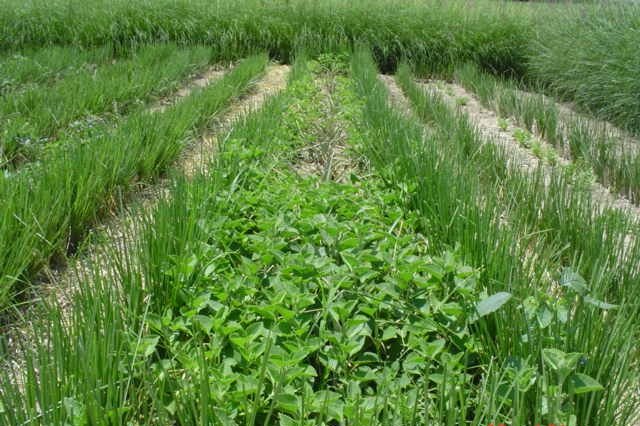

There are several species of Vetiver, Vetiveria zizanioides, s is one of them, which we are going to talk about today
Vetiver is a perennial grass that has great capacity to adapt to different soil and climatic conditions, that is to say, to different soil and salinity conditions and climate and temperature conditions. Its reproduction is through rooted cuttings that are detached from the bud.
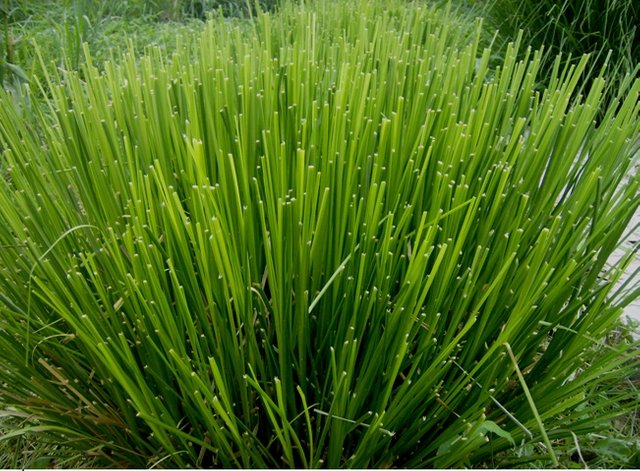

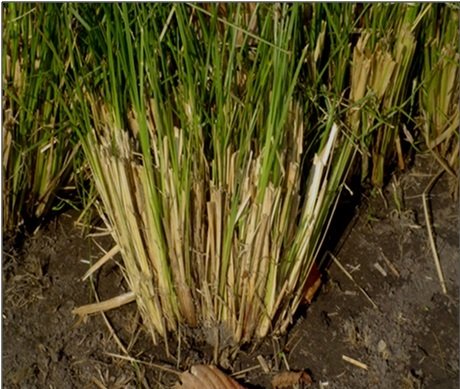

Vetiver´s Botanical Aspects
+ Root: branched and fluffy root that reaches up to five meters deep.
+ Stem: erect with height between 0.5 and 1.5 meters.
+ Leaves: rigid, long and narrow, somewhat sharp, 75 cm long and up to 8 mm wide.
+ Flower: panicle between 15 and 40 centimetres long; knots and pedicels without hairs.
+ Seed: basically the most used means of propagation with this species is its root system, which is divided leaving a part of the stem 15 to 20 centimeters long to be sown later.
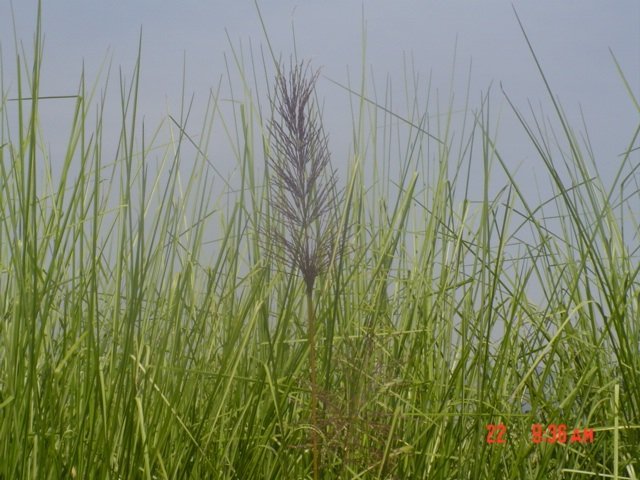

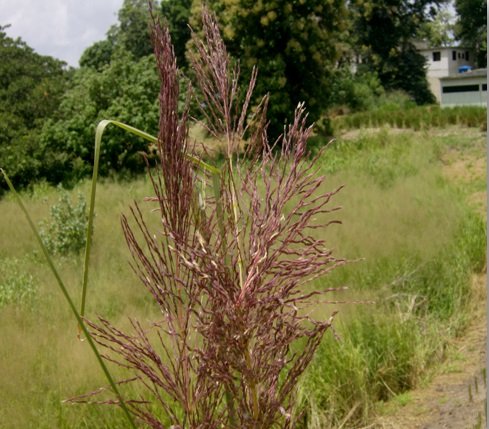

Climate and Edaphic Requirements
Climate Requirements
- This crop adapts to temperatures ranging from -9 to 45 ºC; and to a precipitation range that varies between 500 and 6000 mm.
Edaphic Requirements
- This grass adapts to soils with any texture and tolerates an exceptionally wide pH variation.
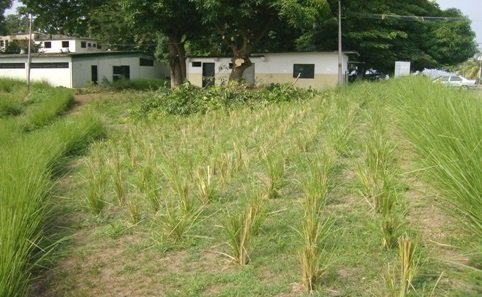

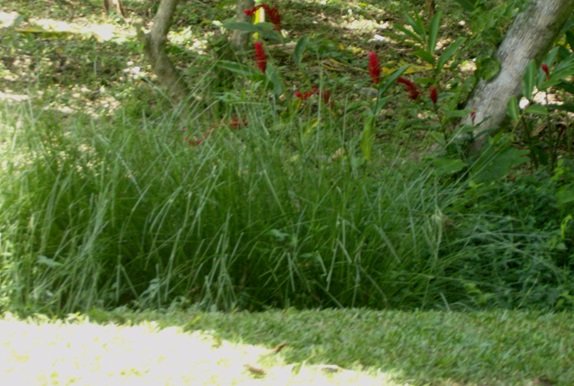

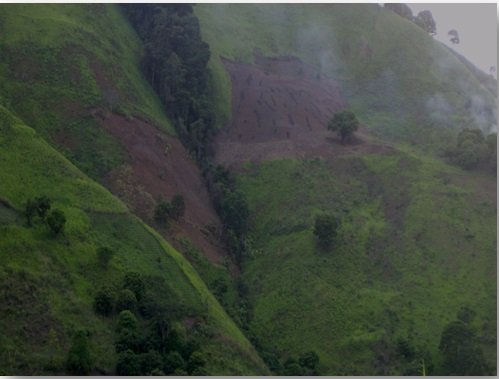

As vetiver can be established in several locations it has a variety of uses as an ecology crop and improves soil conditions in terms of aggregation, organic matter content and moisture content. The main uses of this grass are as follows.
Use of living plant material
The plant is used directly in the soil with specific handling for each use.
✤ Establishment of living barriers
✦ Soil and Water Conservation.
✦ Stabilization of slopes.
✦ Physical demarcation of “canteros”.
✦ Organoponic Crops.
✤ Input for organic manure production.
✦ Composters.
✤ Insect repellent.
✦ Used as a living barrier in conjunction with “oreganón” (Plectranthus amboinicus).
All these uses were developed in the field
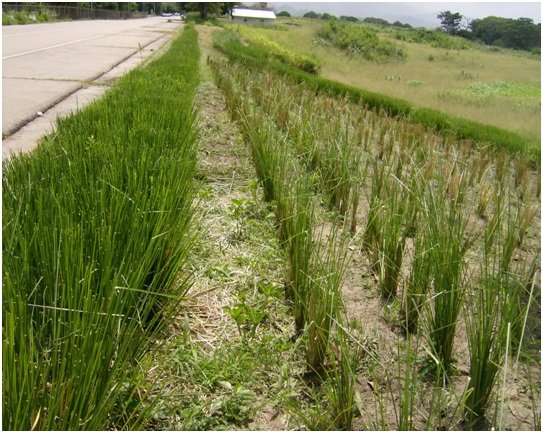

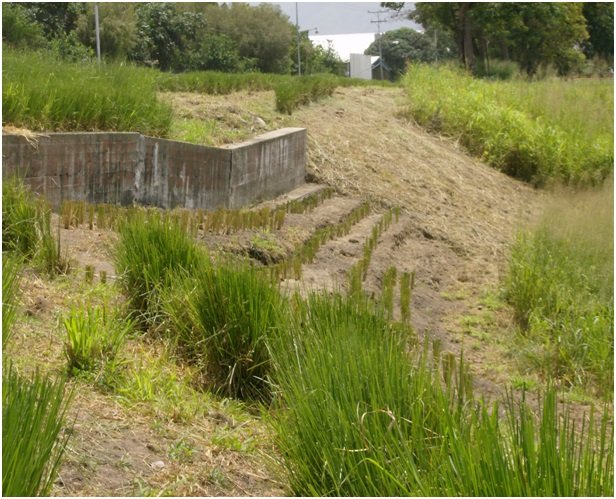

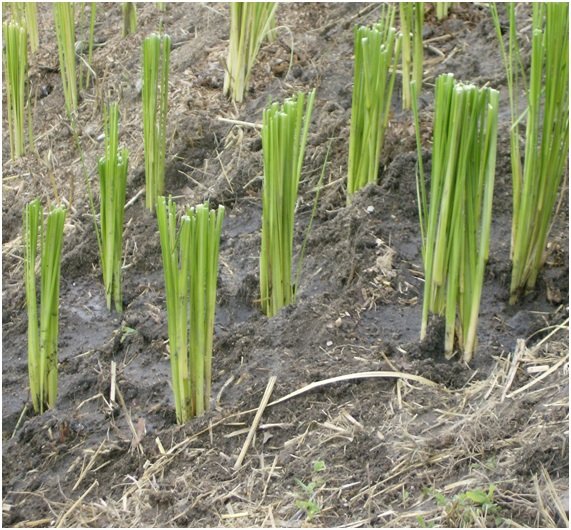

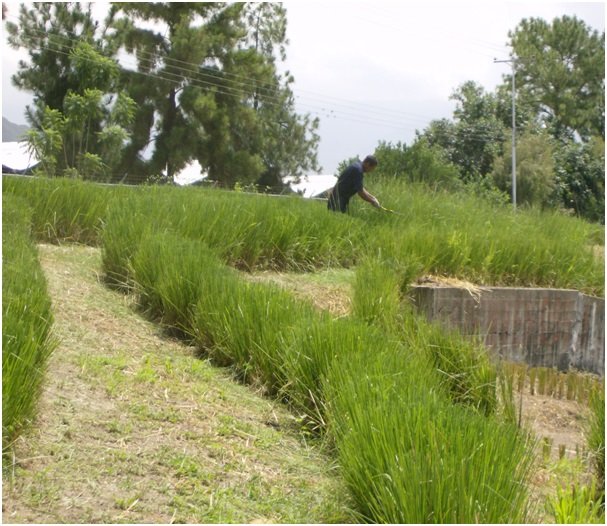

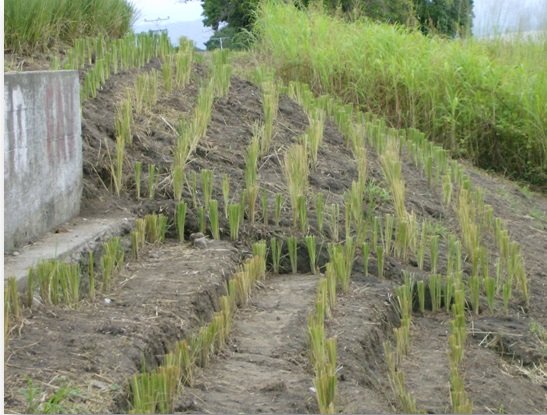

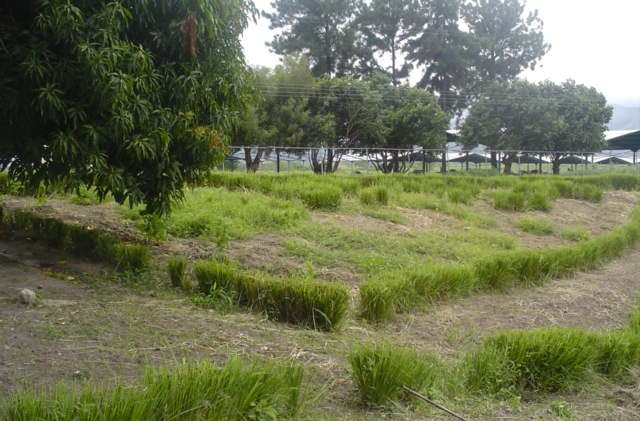

Vegetable fibre Uses
There are two ways to use vegetable fiber. The fiber that is obtained from the plant at maturity (“macolla” in flower) and is not processed. Another use of fiber is when the vetiver bud is pruned and processed for artisanal use.
✤ Roofing material (raw fiber).
✤ Material for the elaboration of handicrafts (processed fiber).
✤ Handmade paper (processed fiber).
✤ Scented pad (processed fiber).
✤ Insect repellent (unprocessed fiber).
Vetiver´s roots Use
✤ Extraction of aromatic substances for Therapeutic Use and Biological Control of Entomological fauna.
✤ Medicinal uses (from aromatic substances extracted from the root).
✤ Preparation of creams.
✤ Preparation of soaps.
Uses in Environmental Pollution
✤ Soil and Water Bioremediation.
✤ Heavy Metals Phytoextractor.
✤ Contaminated Water Bioremediation.
✤ Wastewater Bioremediation.

Hi @marlenyaragua
Excellent article. I subscribed to your blog. I will follow your news.
I will be grateful if you subscribe to my blog @user2627
Good luck to you!